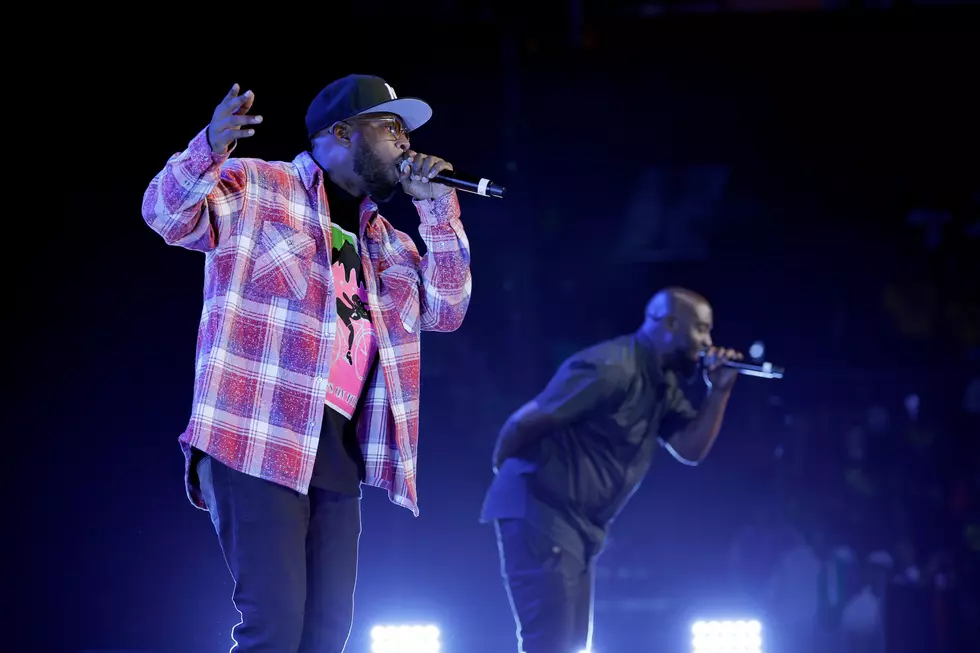
WARNING: Student Loan Payments Resume Soon
Missoula, MT (KGVO-AM News) - President Biden’s unilateral effort to forgive billions of dollars in student loans ran afoul of the U.S. Supreme Court in a pair of cases this summer.
According to the National Conference of State Legislatures, In Biden v. Nebraska, which was decided 6-3, the court struck down the administration’s student loan forgiveness program and agreed with the six challenging states that they had standing to sue. Chief Justice John Roberts wrote the opinion for the majority. He was joined by Justices Neil Gorsuch, Clarence Thomas, Samuel Alito, Amy Coney Barrett and Brett Kavanaugh. Justice Elena Kagan wrote the dissent and was joined by Justices Sonia Sotomayor and Ketanji Brown Jackson. In the second case, Department of Education v. Brown, the court ruled that individual borrowers who challenged the plan lacked standing to bring their case. A unanimous court held that these challengers were unable to show that any injury they suffer from not having their loans forgiven is traceable to the loan forgiveness plan.’
Those with Outstanding Student Loans will Have to Start Repaying Them in October
KGVO News spoke to Brian Walsh, head of Advice and Planning at SoFi, a financial planning website, about the fact that student loan repayment will begin on October 1.
“The key upcoming dates right now are number one; student loans from a federal perspective started charging interest again on September 1,” began Walsh. “And then people who have student loans payments are going to be required in October, and both of those things are the first time that they have happened since March of 2020, at the onset of the COVID pandemic.”

There may be Financial Plans to Make the Transition to Student Loan Repayment
Walsh said those with student loans will have options to help ease the transition back to paying of the money they borrowed for their schooling.
“I think a lot of people are going to have a period of time to adjust to it, but the good news is there are options depending on what type of position people are in,” he said. “Sometimes people want to minimize their monthly payments because they need to fit (the student loan payment) in their budget. Sometimes they want to pay their loans off as quickly and as effectively as possible, and there are good paths forward for each one of those groups.”
For Those Considering College Keep Student Loan Debt in Mind
Walsh referenced the choices students make of what kind of career to pursue, considering the cost of the training and education. He said schools like Montana College can provide fulfilling careers at far less cost than a traditional four-year degree.
“I live in rural Michigan, and is very similar around here, where many more families and students coming out of the high school program are having those types of conversations where it's not just, ‘Okay, I'm going to a four year school because that's what I'm supposed to do’,” he said. “I think that's going to have a really big benefit down the road as more and more people start having these conversations.”
As far as the student loan debt itself, Walsh said careful planning can make all the difference when it comes to paying off future debt.
“I think this is a perfect opportunity to really think about this before taking on the student loan debt,” he said. “And that's probably the best thing that's happened out of all this is many more families that I talked to. They're thinking about the return on education. So they're looking at majors and potential earning potential before they start thinking about taking on different amounts of student loans, or even attending different schools so that way, the payments are more manageable.”
Click here to find out more about SoFi.


